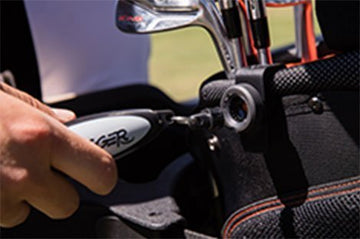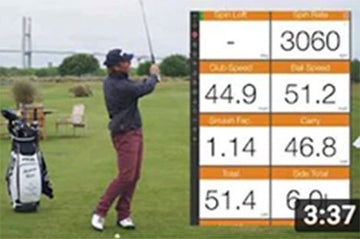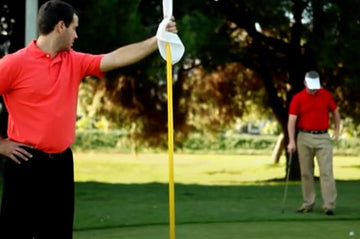Golf Tips: Get Out of Trouble Quickly
The greatest golfer ever, Jack Nicklaus has a saying, "get out of trouble as quickly as possible."
What does Jack mean exactly? Jack is trying to make sure that the trouble costs the player the least amount of strokes possible. For the average amateur golfer especially, finding trouble won't necessarily cost the player one shot. Sometimes the players will attempt to make "hero" shots, or not choose to take the easy way out of the trouble. Seldom do these gambles pay off. Most often those risky plays result in more trouble, compounding one mistake with another. That is how amateurs can rack up big numbers.
Example One
At last year's Masters Phil Mickelson found the trees to the right of the par-5 13th hole on Sunday. Phil's ball was laying on pine straw. The line to the green was through a two foot gap between the trunks of two large pine trees. From over 200 yards out, Phil took a full swing at a six iron and hit one of the most incredible shots of the 2010 PGA Tour season. His ball split the trees perfectly and flew over the Rae's Creek, a greenside water hazard which has cost many players a chance to win the Masters. The ball landed on the green and came to rest about five feet from the hole, giving Mickelson and eagle opportunity. About two hours later, Phil won the Masters.
Why mention the story above? There's a difference between an average amateur golfer and Phil Mickelson. The average amateur golfer simply does not have the skill, accuracy and power to pull off a miracle shot like this. There are numerous ways an amateur would likely turn that situation into a double bogey or worse.
First the player would likely not be able to thread that gap in the trees. The ball would ricochet deeper into the trees, or end up in a worse position. 3rd shot (and counting), from the trees again.
Second, should the player somehow be able to thread the trees with a full shot the ball would likely not have the height and distance to clear Rae's Creek. The net result is a penalty stroke, and having to hit a chip shot over Rae's Creek again. At that point simply making par would require a very strong up-and-down.
The proper play for someone other than Phil Mickelson in a situation like that would be to "get out of trouble as quickly as possible" by chipping or punching out to the widest area of the fairway through the widest gap in the trees. The player would be laying two, and have three more shots with which to try and make par on this par-5.
Example Two - Bunkers
St. Andrews has some very tough bunkers. The "Road Hole Bunker" is especially penal, and even PGA Tour pros who find it often have to choose to hit their ball away from the green just because that is the only way they can guarantee getting out of the bunker in one shot.
When in a bunker, survey the situation. If hitting in the desired target line (the pin or the green) is difficult, with a slim chance of success, pick a different route. Choosing the difficult route will likely end in big numbers, double or triple bogeys on that hole. Choosing to get out of the bunker as quick as possible by going sideways may make par difficult, but it will likely take double bogeys or worse out of the equation.
Conclusion - Think Before You Hit
When you find trouble, and you will, look at all the options and pick the most sensible and lowest risk exit possible. You may make bogey, but you may have just saved yourself from a big number.



























